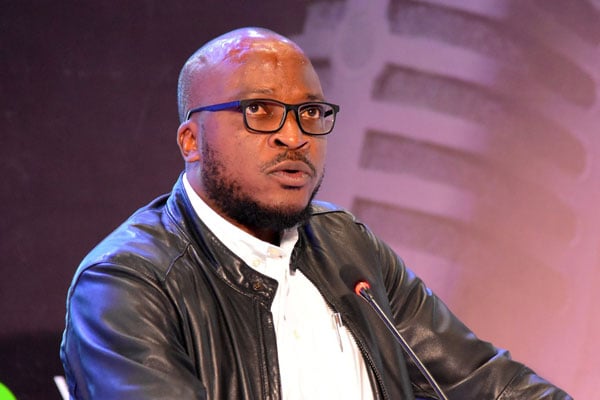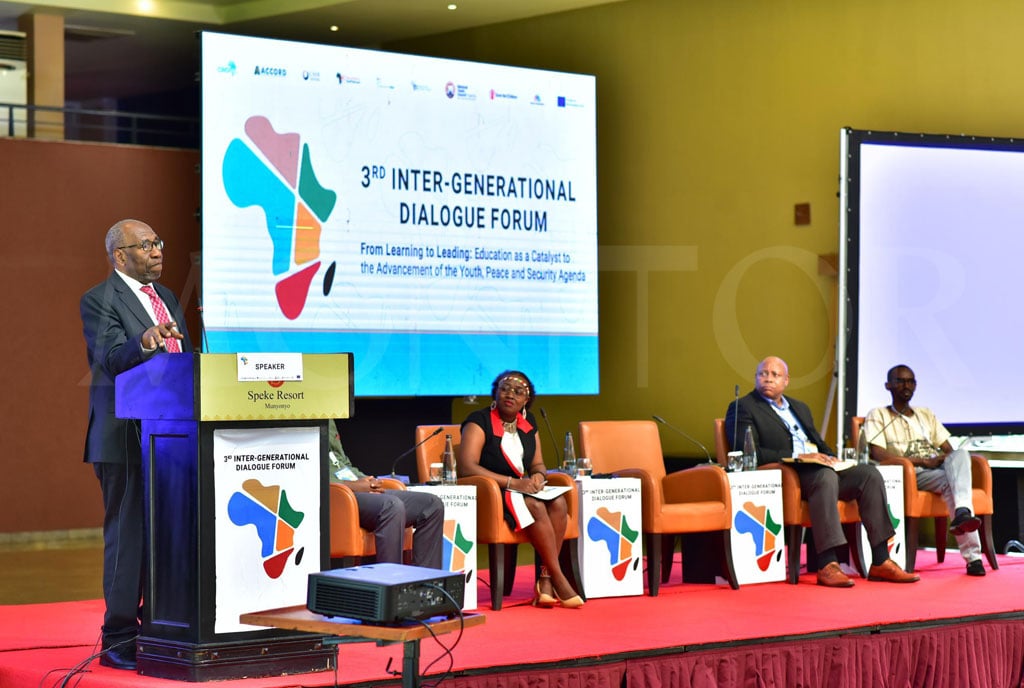Prime
What young voting population means for 2021 elections

Uganda has one of the world’s youngest populations, with more than 78 per cent of its population below the age of 30. It is, therefore, not surprising that youth aged between 18 and 30 have always been a significant bloc on the voters’ register.
In 2016, for instance, out of 15.2 million registered voters, 6.9 million (45%) were youth aged between 18 and 30. Of these, 3.6 million (24%) were female and 3.3 million (22%) were male. These demographics have not significantly changed ahead of the 2021 general election.
The 2021 polls will have a total of 18 million registered voters spread across 34,684 polling stations countrywide. About 7.4 million (41%) are aged between 18 and 30 years. Of these, the female are the majority making 3.8 million and the male being 3.5 million.
In fact, had the registration of voters not closed more than a year prior to the general election, the number of registered voters could have been about 19.4 million according to the December 2018 statistical projections by the Electoral Commission.
The tyranny of youth numbers remains predominant in the 2021 general election. Eight districts account for the high youth voter population in Uganda.
The capital Kampala takes the first position with about 522,554 youth voters. Wakiso, also located in the central region, has 475,025 of these.
Kasese District in the mid-western Uganda comes third with 162,228; and Mukono District, which borders Kampala to the east, accounts for 142,323 youth voters.
Luweero District has 112,175, the eastern district of Tororo accounts for 107,665, while Ntungamo District located in the southwest has 103,781 registered youth voters. Kamuli District in Busoga region accounts for 103,316 youth voters.
The eight districts account for 22 per cent of the total youth voters’ population, but they also demonstrate the regional distribution of youth voters. The bulk of the youth vote is in the central region, followed by the western, eastern and northern regions respectively.
In the forthcoming election, the age bracket between 18 and 40 years will account for a significant 72 per cent of the entire electorate. This is a substantial jump from about 55 per cent of the same category in the 2016 general election.
Given Uganda’s young demographics, the likelihood of a high-activity and potentially fierce campaign period remains imminent. The large bloc of youthful voters could also impact the voter turnout, possibly pushing the percentage beyond the 67.6 per cent seen in 2016 (ceteris paribus).
Typically, young populations often want to ‘let off the steam’. If it is not through socially engaging activities, it will most likely be through politics.
Campaign activities that have so far happened in the central (Buganda) region, West Nile and in parts of the western region generally point to the intense mood that will most likely characterise areas that are predominantly youthful.
Given that the 2021 poll is touted as a generational election, it is possible that the distribution of youth across the country could also determine voting patterns.
An election season coming after the Covid-19 pandemic lockdown presents more complexities and a compelling case for the youth to get out and engage in a myriad of election activities in anticipation of political and economic opportunities as reward.
Uganda’s number of youth actively looking for a job remains comparatively high (at about 13 per cent). With the disruptions caused by the Covid-19 pandemic, the unemployment statistics may have grown.
While dealing with the 2021 general election, stakeholders including candidates, political parties, election administrators etc. should consistently remain alive to the reality of the young electorate at hand.
Mr Kaheru is an election analyst
[email protected]




